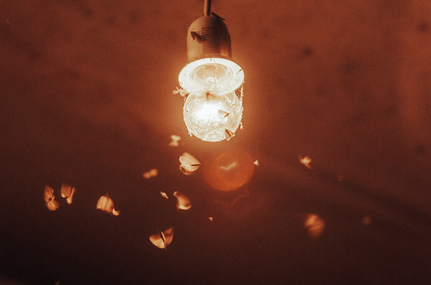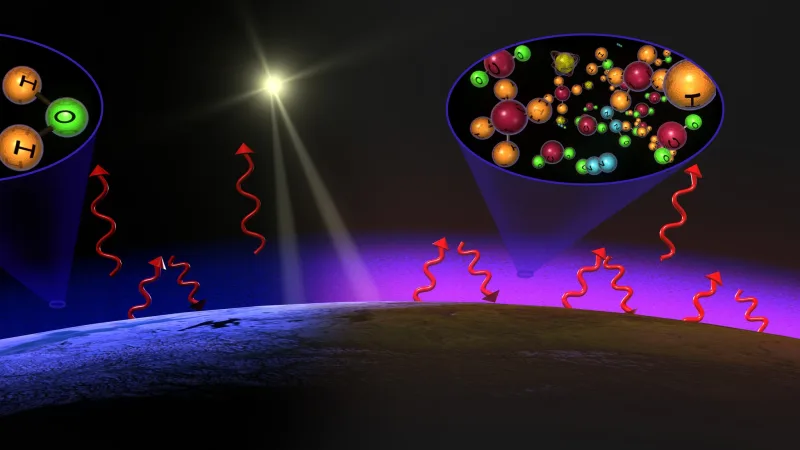What Drives Insects’ Fascination with Artificial Light at Night?

In the tranquility of a warm summer night, one finds themselves captivated by the enchanting harmony of nature. Beneath a porch light, a silent spectacle unfolds, as tiny dancers flit and dart around the luminous source, captivating observers with their relentless orbits. These intriguing creatures, our familiar nocturnal companions, raise a fundamental question: What is the reason behind the attraction of flying insects to artificial light? Delving into this enigmatic phenomenon, a team of scientists embarked on a captivating quest to shed light on the matter.
Unraveling the Aerial Ballet
To find answers, the team initiated their quest by unraveling the intricate aerial ballet performed by these insects. They employed a groundbreaking technique, utilizing advanced 3D motion-capture systems. This innovative approach allowed them to track and observe the insects’ erratic yet precise flight trajectories, offering unprecedented insights into their behavior.
Dismissal of Popular Theories
Navigational Guidance: Initial theories suggesting that insects used artificial light for navigation were dispelled as the team analyzed the 3D images. The insects’ positions relative to the light source were found to be continuously changing, negating the possibility of using the light as a navigational reference point.
Heat Attraction: Another theory proposed that insects are drawn to the heat emitted by artificial light. However, experiments using minimal heat-producing artificial light dismissed this notion.
Temporary Blindness: The deliberate and intricate flight paths of the insects indicated that they were not temporarily blinded by the light.
Escape from Darkness: The researchers concluded that insects were not attempting to escape darkness, as their flight paths did not lead them directly towards the light but rather revolved around it.
The Real Reason Behind Insects’ Attraction
Having dismissed the aforementioned theories, the researchers discovered a new perspective on this mysterious attraction. The utilization of high-tech 3D imaging revealed that insects are drawn to light because it helps them maintain their body orientation during flight.
In their natural environment, insects rely on the sky’s glow to align their bodies upright, a behavior known as the ‘Dorsal Light Response’. However, when confronted with artificial light, they become disoriented, leading to a continuous cycle of self-correction to maintain their posture.
In extreme cases, when the light originates from below, this confusion can result in uncontrolled collisions or falls. Although this theory has been proposed in the past, the team’s compelling visual evidence provides unprecedented support for this explanation.
A Ray of Hope for Insect Populations
The consequences of our increasingly illuminated world on the natural environment and insect populations are often underestimated. However, this newfound understanding of how artificial light affects insects could be a game-changer in our efforts to mitigate its impact on declining insect populations.
By comprehending the mechanisms underlying their attraction to light, we can potentially design artificial light sources that do not disrupt their natural behaviors. In an era where human activities encroach upon nature, it is crucial to understand and minimize our impact on the rhythms of the natural world. This study represents a significant step toward that understanding, illuminating the captivating nocturnal ballet and offering insights that may safeguard the survival of these fascinating six-legged dancers of the night.






